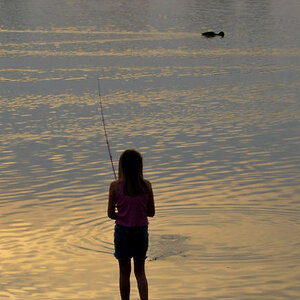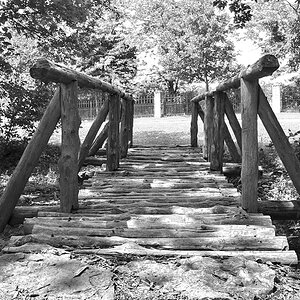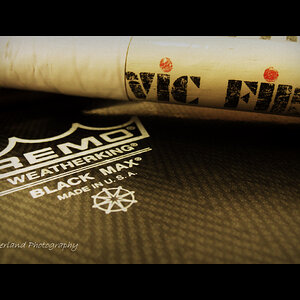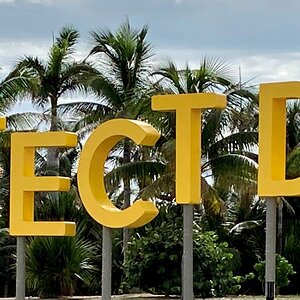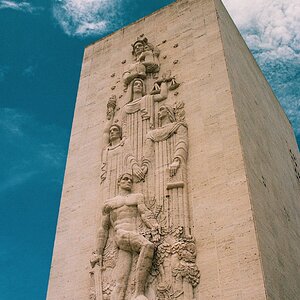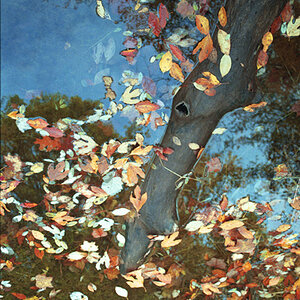vigilante
TPF Noob!
- Joined
- Feb 5, 2015
- Messages
- 55
- Reaction score
- 1
- Can others edit my Photos
- Photos OK to edit
This is a somewhat difficult situation but I'm sure many of you have dealt with it so I'm looking for some simple advice.
At an aquarium you have a handful of challenges:
1) Sometimes tight hallways, can't stand back too far, many people around. Other tight spaces.
2) Reflective glass tanks!
3) Typically low ambient lighting to allow lights within tanks to look nicer and show off the fish.
4) Sometimes shooting through glass, sometimes shooting over the top of water etc.
5) Flash not always allowed, if at all really.
6) To oppose all that, there are usually outdoor, full sun, larger tanks and ponds to shoot as well.
Overcoming some challenges, I'm guessing some things like:
- Possible lens filters to fight light artifacts off tanks, glare etc
- Monopod or some tiny tripod to help with slower shutter for some shots (not all shots can be slow as creatures are moving too)
- Some modicum of flash, perhaps on lowest power or with filters?
- Wide angle lens for tight shots, low aperture
Ideas?
At an aquarium you have a handful of challenges:
1) Sometimes tight hallways, can't stand back too far, many people around. Other tight spaces.
2) Reflective glass tanks!
3) Typically low ambient lighting to allow lights within tanks to look nicer and show off the fish.
4) Sometimes shooting through glass, sometimes shooting over the top of water etc.
5) Flash not always allowed, if at all really.
6) To oppose all that, there are usually outdoor, full sun, larger tanks and ponds to shoot as well.
Overcoming some challenges, I'm guessing some things like:
- Possible lens filters to fight light artifacts off tanks, glare etc
- Monopod or some tiny tripod to help with slower shutter for some shots (not all shots can be slow as creatures are moving too)
- Some modicum of flash, perhaps on lowest power or with filters?
- Wide angle lens for tight shots, low aperture
Ideas?





 wedding
wedding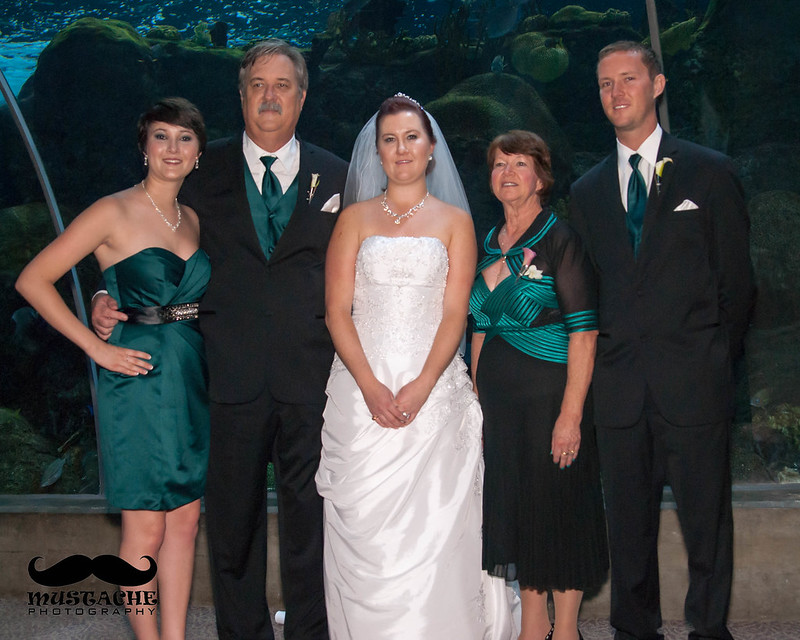 DSC_0209
DSC_0209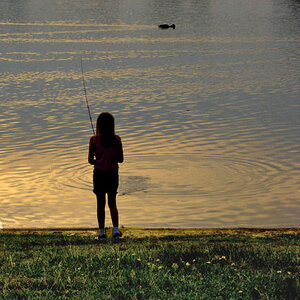
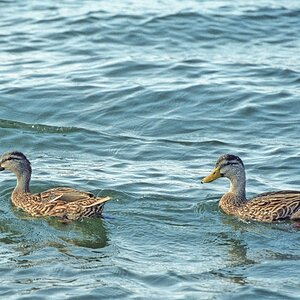
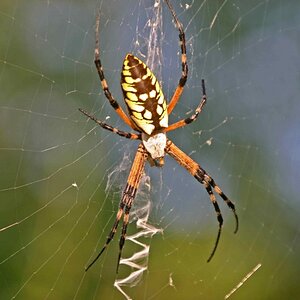
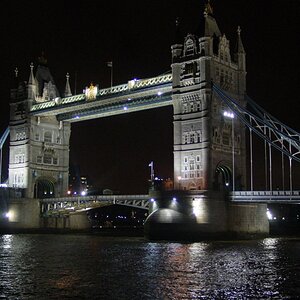
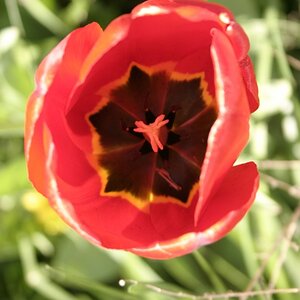
![[No title]](/data/xfmg/thumbnail/30/30871-c87f97bf2d9d493b4c08ba6482680038.jpg?1619734488)
